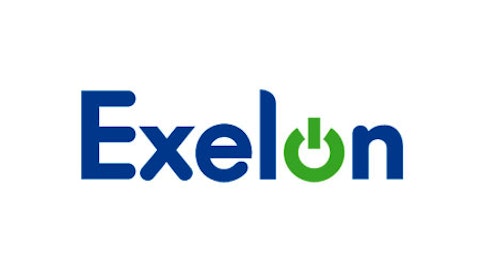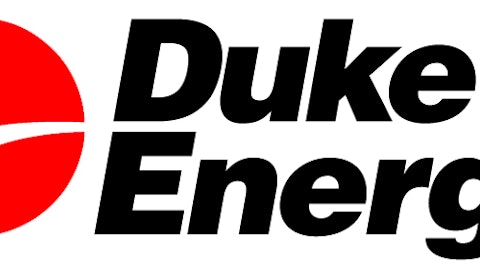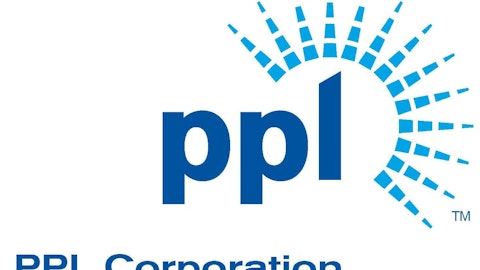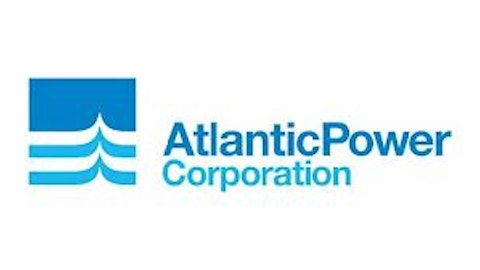If there is any one job or hobby that takes more than a lifetime to master, it’s investing. After learning a growing list of financial metrics one has to then focus on industry-specific trends and complex market forces that can be easy to overlook. This is especially true in the energy industry, so let’s take a look at one important metric that may be integral for electric utility companies.
Earlier this month the Energy Information Administration, or EIA, published an article introducing spark spreads. The metric is similar to the crack spread in oil prices, although instead of comparing two benchmarks it measures the difference in natural gas prices and the price of electricity. Investors putting money behind refiners have crushed the market – and many other investments – in recent years thanks to the favorable crack spread. Can spark spreads do the same for investors in utility and power generation companies?
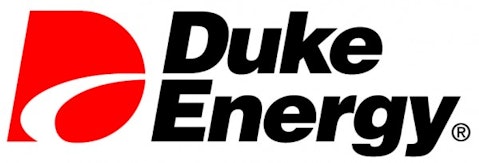
The metric is extremely regional and much more volatile than crack spreads. Why? Refiners in the Gulf region benefit from a simple oversupply of cheap crude oil, higher global prices, and more than enough infrastructure to support healthy amounts of exports. Utility companies may have a rich supply of natural gas, but they also have to battle regional electricity prices that are determined by things such as plant efficiency, weather, peak demand, and the makeup of the grid.
I encourage you to view the graph on the EIA article to see how prices differ in markets across the country. Notice that key markets such as New York City and Chicago have much higher spreads than the Pacific Northwest. It is also important to consider the complex production capacity feeding regional sections of the national grid of the following energy providers:

Source: Company annual reports and website
The companies listed above operate in different parts of the country with varying generation facilities – making it difficult to single out advantages derived from spark spreads alone. Duke Energy Corp (NYSE:DUK) and FirstEnergy Corp. (NYSE:FE) are heavily reliant on coal for their megawatts, but they also operate in leading coal producing states such as West Virginia and Kentucky. Both companies are also largely absent from metropolitan areas that would benefit the most from spark spreads (low cost of natural gas and high electricity prices). And while Exelon Corporation (NYSE:EXC) is one of the nation’s largest energy providers operating in some of the largest population centers, its size and diversification detract from relying on spark spreads as a major advantage.
The trend really is your friend
It is clear that we need to respect the regionalization of spark spreads and pinpoint our search for energy providers, perhaps smaller in size, that operate in key markets. Let’s go big and choose the highest spread market in the country: New York City. How big is big? The city uses natural gas to generate 57% of its total energy and consumed 20% of all gas used in the Northeast in 2010. Sounds like a great place to start.

